Emergence of Niche Markets
The Photographic Chemicals Market is witnessing the emergence of niche markets that cater to specific consumer preferences and artistic expressions. This diversification is driven by a growing number of independent photographers and artists who seek unique chemical formulations to achieve distinct visual styles. For instance, the demand for specialty chemicals, such as those used in alternative photographic processes, is on the rise. This trend indicates a shift away from mass-market products towards more tailored solutions. As these niche markets expand, they create opportunities for manufacturers to innovate and develop specialized photographic chemicals that meet the unique needs of these consumers.
Revival of Analog Photography
The resurgence of analog photography has emerged as a significant driver within the Photographic Chemicals Market. Enthusiasts and professionals alike are rediscovering the unique aesthetic qualities of film photography, leading to a renewed interest in traditional photographic processes. This revival is not merely a niche trend; it appears to be gaining traction among younger generations who appreciate the tactile experience of film. Consequently, manufacturers are responding to this demand by increasing the production of film and related chemicals. Market analysis suggests that the sales of photographic chemicals associated with film development have seen a substantial increase, reflecting a broader cultural shift towards analog practices.
Increased Demand for High-Quality Imaging
The Photographic Chemicals Market is experiencing a notable surge in demand for high-quality imaging solutions. This trend is largely driven by the growing popularity of professional photography and videography, particularly in sectors such as advertising, fashion, and events. As consumers increasingly seek superior image quality, manufacturers are compelled to innovate and enhance their chemical formulations. Reports indicate that the market for photographic chemicals is projected to grow at a compound annual growth rate of approximately 5% over the next few years. This growth is indicative of a broader shift towards premium imaging products, which in turn fuels the demand for specialized photographic chemicals that can deliver exceptional results.
Sustainability and Eco-Friendly Practices
Sustainability has become a pivotal concern within the Photographic Chemicals Market, influencing both consumer choices and manufacturing practices. As awareness of environmental issues grows, there is an increasing demand for eco-friendly photographic chemicals that minimize environmental impact. Manufacturers are responding by developing sustainable alternatives that reduce harmful waste and promote recycling. This shift not only aligns with consumer preferences but also positions companies favorably in a competitive market. Market data suggests that the segment of eco-friendly photographic chemicals is expected to grow significantly, reflecting a broader trend towards sustainability in various industries, including photography.
Growth in Educational and Professional Training Programs
The Photographic Chemicals Market is benefiting from the expansion of educational and professional training programs focused on photography. As institutions and workshops proliferate, there is a corresponding rise in the number of individuals seeking to learn the art and science of photography. This trend not only cultivates a new generation of photographers but also drives demand for photographic chemicals used in educational settings. Institutions often require a variety of chemicals for practical training, thereby contributing to market growth. Furthermore, the increasing emphasis on hands-on learning experiences in photography courses suggests a sustained demand for traditional photographic chemicals, which are integral to the learning process.


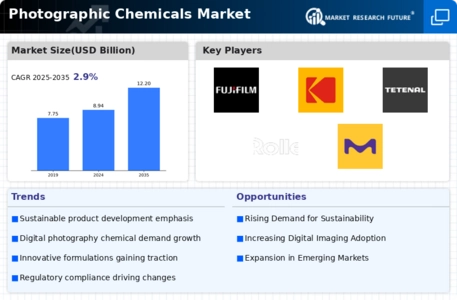
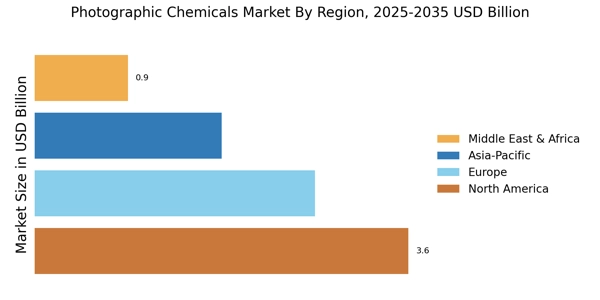
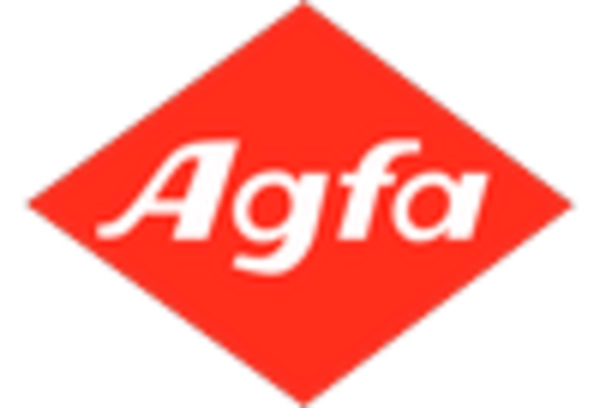
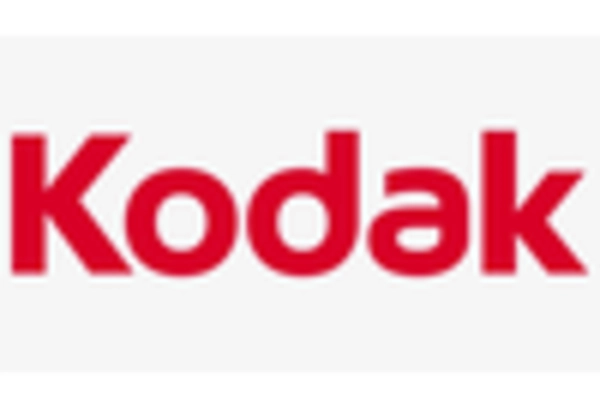
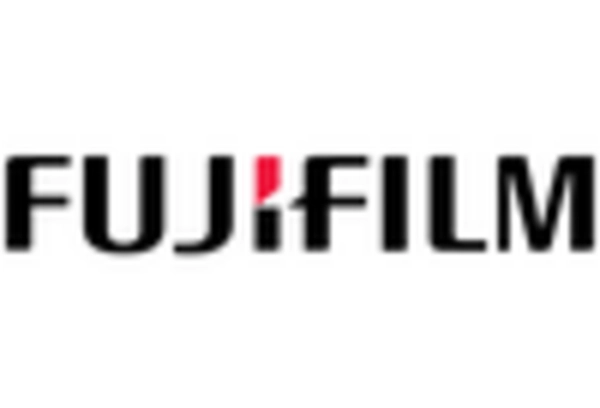











Leave a Comment